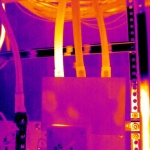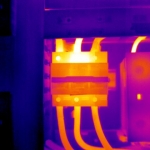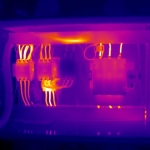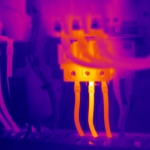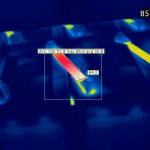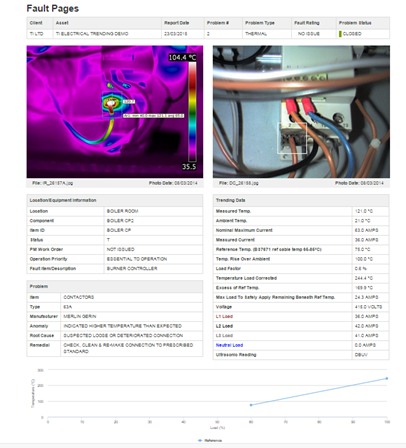Electrical Thermal Imaging Inspections (UK-Wide)
Fast, Compliant & Non-Disruptive Reporting for FM & Compliance Teams
Looking for expert thermal imaging of your electrical systems? TI Thermal Imaging provides Level 2 & Level 3 certified inspections across the UK — trusted by facilities managers, insurers, and data centres for critical compliance and fault prevention.
Why Choose TI Thermal Imaging?
-
Level 2 & 3 ITC Qualified Thermographers
-
Fully insured & experienced in live site access
-
Reports meet compliance with BS7671, BREEAM, and insurance standards
-
Quick-turnaround reports formatted for FM & compliance teams
-
Thermal inspections available out of hours to prevent downtime
What We Inspect:
-
Distribution boards & switchgear
-
Busbars & panel boards
-
Control panels
-
Transformers
-
Server rooms & UPS systems
-
Incoming mains and cable runs
Our Clients Include:
-
Large Facilities Management companies
-
Oil & Gas and energy sector
-
Data centres and hospitals
-
Commercial buildings & retail chains
-
Insurance assessments
Why It Matters:
Prevent fires. Catch overloaded circuits. Stay compliant.
Thermal imaging is a critical part of preventative maintenance — and often a requirement by insurers or for BREEAM credits.
Need an urgent inspection?
We offer rapid-response nationwide. Submit your details and we’ll get back within the hour.
Book an Inspection – sales@thermalimaging.co.uk
Or call now: 020 3089 3222
Our Electrical Inspections involve:
• All panels removed where acceptable, safe to do so and on the Permit to Work
• All electrical equipment/panels/cubicles etc inspected have their own individual trend page which includes a thermogram and digital image, ambient, measured and delta T trending of temperature
• Trending compares data automatically between inspections. Last four thermograms are included on each page and all trend data is captured and displayed in a table and also in graphical format for Measured, Ambient and Delta T (meas/Amb) to allow for condition monitoring of equipment.
• Detailed fault pages including Load correction formula is utilised during the inspection. Using component rating, actual load, measured temp and ambient temp, the following values are produced:
o Load corr temp: estimate of component temp if operating at 100% load
o Fault severity based on load corr temp – ref temp (from BS7671)
o Estimation of maximum amps to apply whilst keeping temperature beneath reference temp (BS7671)
• Instant report generation which can be emailed to the client at the end of the inspection
• One click upload to WEBCOR for instant client access to inspection data
